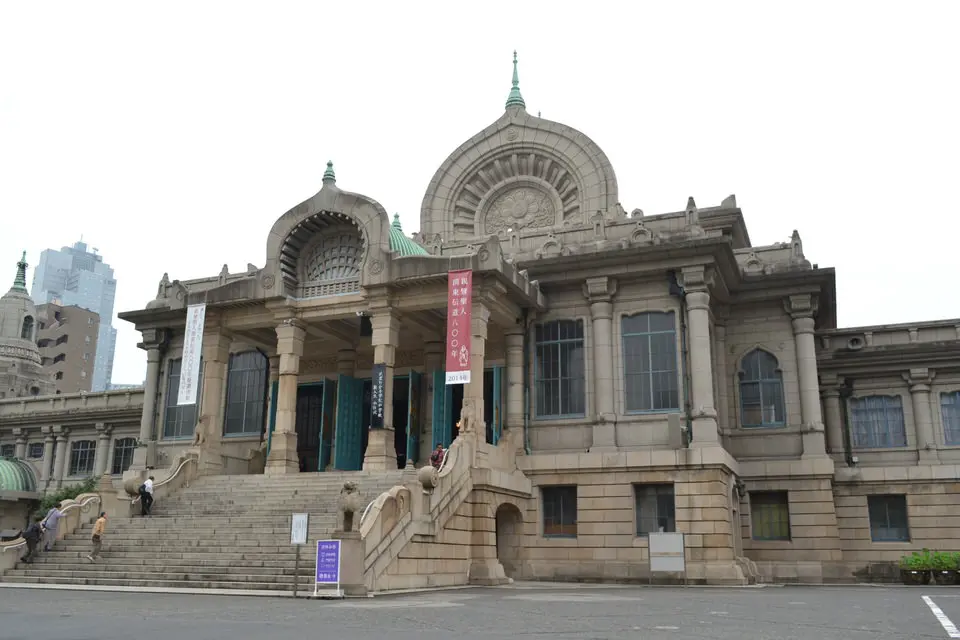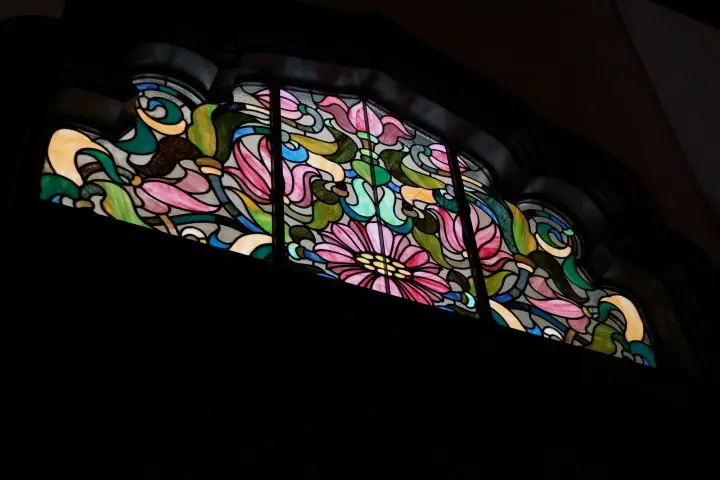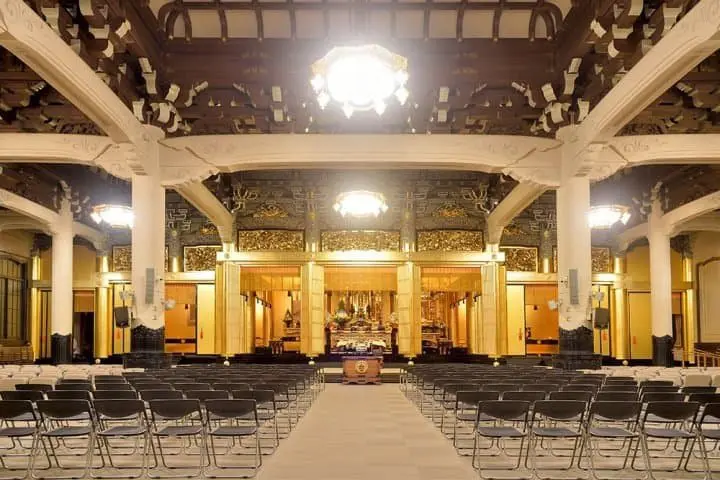Tsukiji Hongwanji Temple - Amazing Architecture Near Tsukiji Market

Tsukiji Hongwanji Temple is an example of unique architecture inspired by Indian Buddhist architecture. When visiting Tsukiji Market, doo pay a visit to this amazing, exotic temple.
Tsukiji Market is one of the largest wholesale markets in the world and is bustling with many people from early in the morning. Walking along Shin-Ohashi-dori Street toward northeast from Tsukijishijo Station while enjoying the vibrant atmosphere of the market, you will find Tsukiji Hongwanji Temple.

First of all, you will be astonished by its appearance. The ancient Indian Buddhist style is rare in Japan, and it’s hard to imagine that the design is for a Japanese temple. Mr. Chuta Ito, the designer of this temple, had visited India for many times to sketch ancient Indian Buddhist architecture.
The Tsukiji Hongwanji Temple is originally not a tourist attraction. It is a branch temple of the Jodo Shinshu Hongwanji-ha denomination, whose main temple is Nishi Hongwanji Temple in Kyoto, and was built as the largest Nenbutsu-dojo (a place of Buddhist practice or meditation) in the Kanto area to promote missionary activities around Tokyo. Established in 1617, it has been destroyed in the fire following the great earthquake in 1923. It has been rebuilt in 1934.
What’s Unique is Not Just the Appearance!

There is a stained glass window above your head at the entrance of the main hall. Although stained glasses are associated with Western churches, this place is a Buddhist temple. The window depicts lotus flowers.

Stepping in the main hall filled with the smell of incense, you will be captivated by the principle image of Buddha, the standing statue of Amida Nyorai in front of you. The interior is basically in Japanese style, but chairs are lined up instead of tatami mats. Offer incense first and put your hands together in front of the Buddha in the cooling and relaxing space.

After offering incense and turning around, you will notice there is a stately pipe organ. Some people may wonder why there is a pipe organ in a temple.
This pipe organ was donated to encourage the popularization of Buddhist music about 40 years ago. It consists of 2000 pipes and was designed for Tsukiji Hongwanji by Walker, a pipe organ manufacturer in former West Germany. The pipes on either side form six mountains that represent the six Chinese characters 南・無・阿・弥・陀・仏 (na mu a mi da butsu). There are 48 pipes in the center of each side, and they represent the 48 Vows which is a central sutra of Jodo Shinshu.
Pipe Organ Concert at Buddhist Temple
This pipe organ is of course not a mere decoration but is used for the monthly lunch time concert. Admission is free, so it would be nice to be healed by the tone of pipe organ, surrounded by the smell of incense.
Most tourists might be satisfied if they see the bustle Tsukiji Market and eat fresh seafood bowl, but why not make a little side trip to Tsukiji Hongwanji?
Read also
Information
Tsukiji Hongwanji Temple
Address: 3-15-1 Tsukiji, Chuo-ku, Tokyo
Opening hours: Apr-Sep 6:00-17:30, Oct-Mar 6:00-17:00
Wi-Fi: Not available
Access: 1-min walk from Exit 1 of “Tsukiji Station” of Tokyo Metro Hibiya Line
/5-min walk from Exit A1 of “Tsukijishijo Station” of Toei Oedo Line
Phone: 03-3541-1131
Official HP: Tsukiji Hongwanji Temple
Pipe organ concert: Last Friday of each month 12:20-12:50 (Schedule may change.)
Pictures courtesy of pixta
旅と読書とフットボールを愛する大学生。 来年からはカップヌードルを通して日本文化を世界に発信していきます。



































![[Coupon Available] Attention Overseas Winter Sports Fans! Nagano's Sports Depot Has Evolved](https://resources.matcha-jp.com/resize/720x2000/2026/01/05-254819.webp)
![[2 hours from Tokyo ] 10 Quiet and Breathtaking Views of Mount Fuji in Yamanashi Hokuto City , Yamanashi - Part 2](https://resources.matcha-jp.com/resize/720x2000/2025/12/16-253037.webp)
